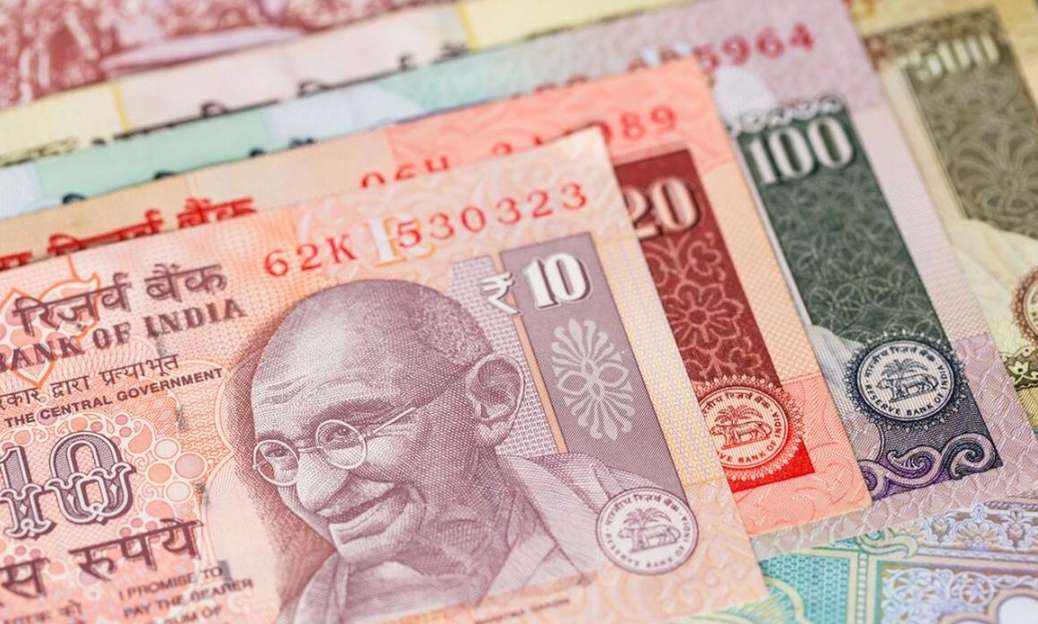Trillions in Capital Withdrawn from India
Advertisements
In recent months, the global landscape has been marked by contrasting developments, particularly with India experiencing both triumphs in space exploration and turmoil in its financial markets. Just as India proudly declared itself the fourth nation to successfully align its space technology with global standards, contrastingly, its financial market has been embroiled in instability and uncertainty.
The Indian rupee has plunged to record lows, unable to stabilize amidst growing global scrutiny. However, the most alarming news comes from the stock market where warnings of a potential crash loom large. The Indian stock market, hailed for its impressive growth trajectory in previous years, now sees itself on the brink of a meltdown. Investors are left wondering: Is the U.S. poised to capitalize on India's misfortunes? Will India become the next target of American economic ambitions?
A Trillion Dollars Withdrawn from India
The narrative surrounding India's economy, often characterized as buoyant and flourishing, seems to contradict the dire reports emerging from its financial corridors. As analysts alert the public to the looming threat of a stock market crash, the question arises: Is India once again facing a downturn?
Despite previous assumptions that rising Chinese expenses might create opportunities for India, it now appears that the risks in India’s financial horizon are significantly more severe. With the country's economic framework exhibiting signs of exhaustion, the cascading effect is evident as reports emerge pointing toward the possibility of a stock market recession.
Since September, India’s main stock indexes have noted a staggering drop of over 13%, with projections suggesting a further decline of approximately 5% in the foreseeable future. This scenario poses serious concerns for investors and citizens alike.
The exodus of capital from India's markets represents nearly $5560 billion. This figure captures only the capital fleeing from the stock market, yet the withdrawals extend further into other sectors, suggesting a broader sentiment of instability.
Historically, India has been considered a viable alternative for companies looking to bypass economic barriers created by ongoing U.S.-China trade tensions. Many Western businesses established operations in India to capitalize on its large, young workforce. However, that initial enthusiasm is showing cracks.
For instance, Foxconn, the Apple supplier that heavily invested in Indian manufacturing, has initiated a withdrawal back to Chinese soil, shutting down its facilities in India, citing excessive hidden costs and a lack of tangible benefits.
This trend is not confined to Foxconn alone. Both Chinese and Western companies are gradually reevaluating their commitments to the Indian market due to persistent inefficiencies. Companies from Europe, motivated by a desire to reduce dependence on China, have found that partnerships with Indian firms yield diluted results, as India's benefits do not materialize as expected.

The once-celebrated 1.4 billion-strong consumer market IS viewed through a diminished lens of reality. While India banks on its large population as a gateway to commercial opportunities, foreign investors find themselves ensnared in bureaucratic hurdles and restrictive business practices that complicate profitability.
Many were quick to predict that India's stock market would replicate China's rapid growth. However, the growth trajectory of the Indian stock market exists amid economic stagnation, revealing a concerning disparity between market performance and actual economic health.
Such situations can often lead to precarious outcomes. The U.S., having long sought to establish dominance over foreign markets, may now view India’s equity market fluctuations as an opportunity for maneuvering. Unlike China, the Indian financial landscape possesses less stringent capital controls, inviting capital to flow in and out with relative ease. The current downturn may indeed be the initial tremor of a more substantial crisis.
Will India Lose Two Decades?
Despite the perceived advantages of its massive population, India seems to be at a crossroads, squandering the opportunity to fully leverage globalization. Presently, the nation faces not just competitive pressures but also the daunting realities of a de-globalizing world.
Considering the geopolitical landscape, it remains dubious whether the U.S. intends for India to reach China’s developmental milestones. Current American strategies suggest a preference to keep India in a subordinate role, primarily to counterbalance China's rise.
The U.S. engages with India not merely for economic collaboration but as a strategic ally in the broader goal of encircling China. This partnership is designed to facilitate the migration of low-end industries away from China while simultaneously applying pressure on its economy from the west.
However, perceptions of American magnanimity are misleading. The U.S. comprehends that India craves industrial growth akin to China's. Hence, an alliance with the U.S. proves beneficial for India, yet the reality is that Western powers will not afford India the leeway for industrial advancement.
American actions have illustrated this dynamic—even in times of soaring stock values for India, U.S. markets have started pulling back, selling off shares as conditions permit. The cyclical nature of U.S. monetary policy underscores this volatility; when interest rates rise, the perception of Indian stocks swells, only to delineate a sell-off period when rates ease.
Compounding the problem is India's limited foreign exchange reserves against the backdrop of persistent trade deficits. The U.S. tops the list of India's largest trade partners. If action is thus taken against surplus countries, India will inevitably remain vulnerable.
As capital flows out of India’s markets and the accompanying volatility escalates, whether regarding the stock market or the currency, it is clear that India stands on perilous ground.
The United States' position in this affair is not simply one of opportunism; it stems from a well-calibrated strategy aimed at sustaining its own economic stability by exerting pressures on other nations. In this context, India appears increasingly to be the next country in the crosshairs of American financial tactics.